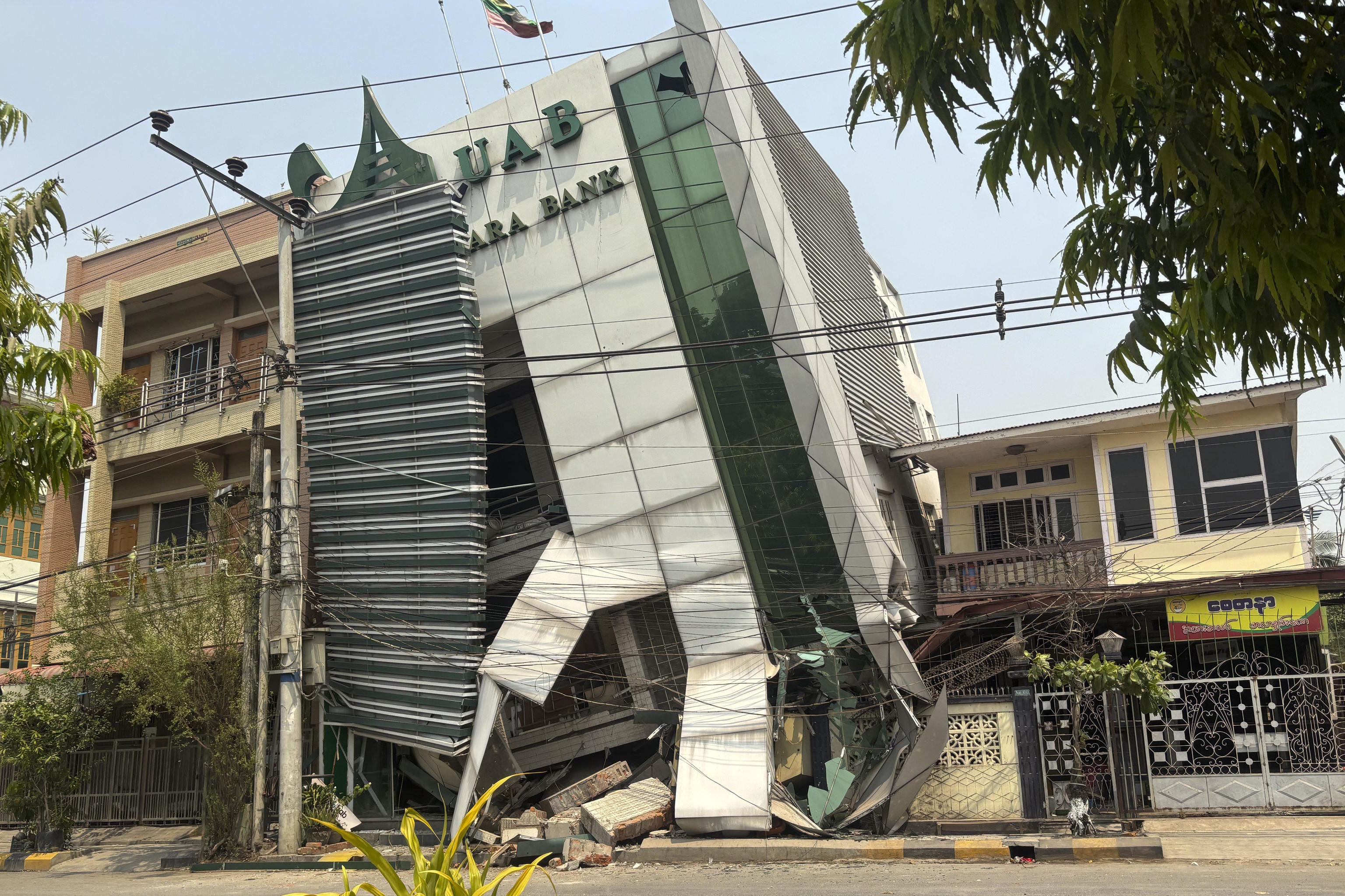Spiderman toys, Minions plush toys, and various colorful backpacks stand out among the rubble. Pieces of a slide and children's books covered in dust can also be seen. Desperate parents walk around the area shouting the names of their children trapped under the mountain of ruins that used to be a preschool.
This is a dramatic scene in the Burmese city of Kyaukse, 40 kilometers south of Mandalay, which has gained international attention due to being one of the areas most affected by the 7.7 magnitude earthquake that has left over 2,000 dead, nearly 4,000 injured, and around 300 missing. These are the latest official figures, but eyewitness reports and humanitarian organizations on the ground suggest that the tragedy is much greater.
In the school in Kyaukse, there were 70 children aged two to seven when the building collapsed. Neighbors quickly came to help with the rescue. They retrieved several bodies. Local authorities initially reported that 12 children and a teacher had died. However, locals, who continue to move the rubble as best they can, claim that at least 40 victims are still trapped.
More than 72 hours have passed, the crucial window to find survivors, and hope has faded in Kyaukse. The same goes for the collapsed U Hla Thein monastery in Mandalay, where 150 monks are still missing. Between Sunday and Monday, 50 bodies were found there. Following the collapse of around fifty mosques, several Muslim groups claim that 700 worshippers may have died. These figures, according to the same sources, are not part of the official death toll. The earthquake coincided with the Friday prayer gathering.
Another heartbreaking story unfolded in Mandalay during the rescue of a pregnant woman trapped for 55 hours under a block of apartments. A rescue team managed to free her by amputating one of her legs. The woman bled to death shortly after. "We tried everything to save her," said one of the rescuers.
In the capital, Naypyitaw, the military government headquarters, a large part of an office block where many officials worked collapsed during the earthquake. It is unknown how many people were trapped. Local Reuters journalists were there on Monday and reported a strong odor emanating from the rubble, suggesting that many people had died.
Five days after the earthquake, which had its epicenter in the central Sagaing region near Mandalay, rescue teams continue to search for survivors. However, they are facing significant challenges due to damage to roads and paths connecting to more isolated areas. According to local authorities, communities at the epicenter of the quake are practically cut off after a key bridge over the Irrawaddy River collapsed.
"Rescue operations faced significant obstacles, including damaged roads, collapsed bridges, unstable communications, and complexities related to the civil conflict," the WHO stated in its latest update. "The consequences of the Myanmar earthquake have overwhelmed parts of the health system in the affected areas, which are struggling to manage the influx of injured individuals. There is an urgent need for trauma and surgical care, blood transfusion supplies, anesthetics, essential medications, and mental health support."
Communications with many affected areas are complex due to the country being divided between regions controlled by the Military.
